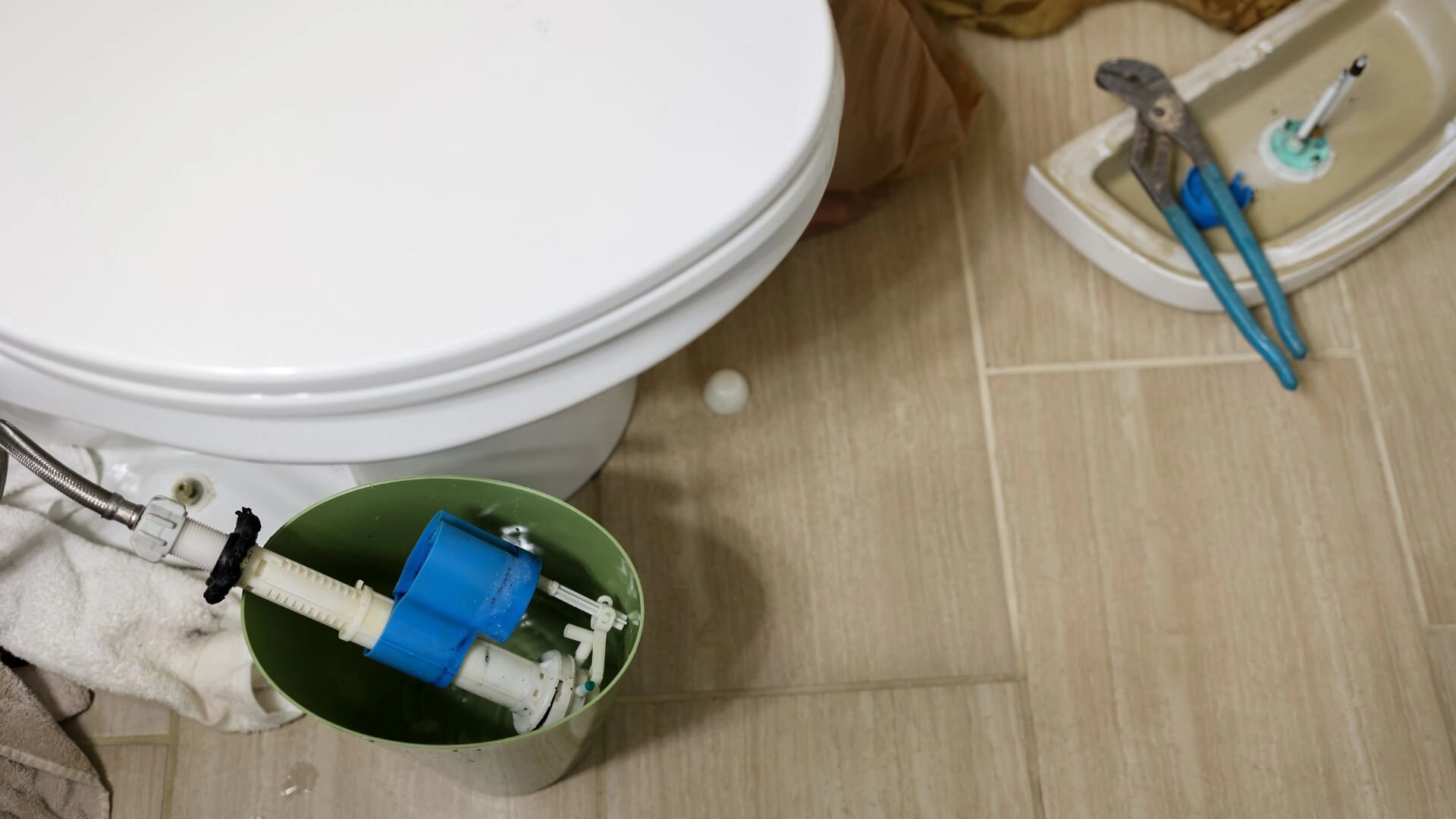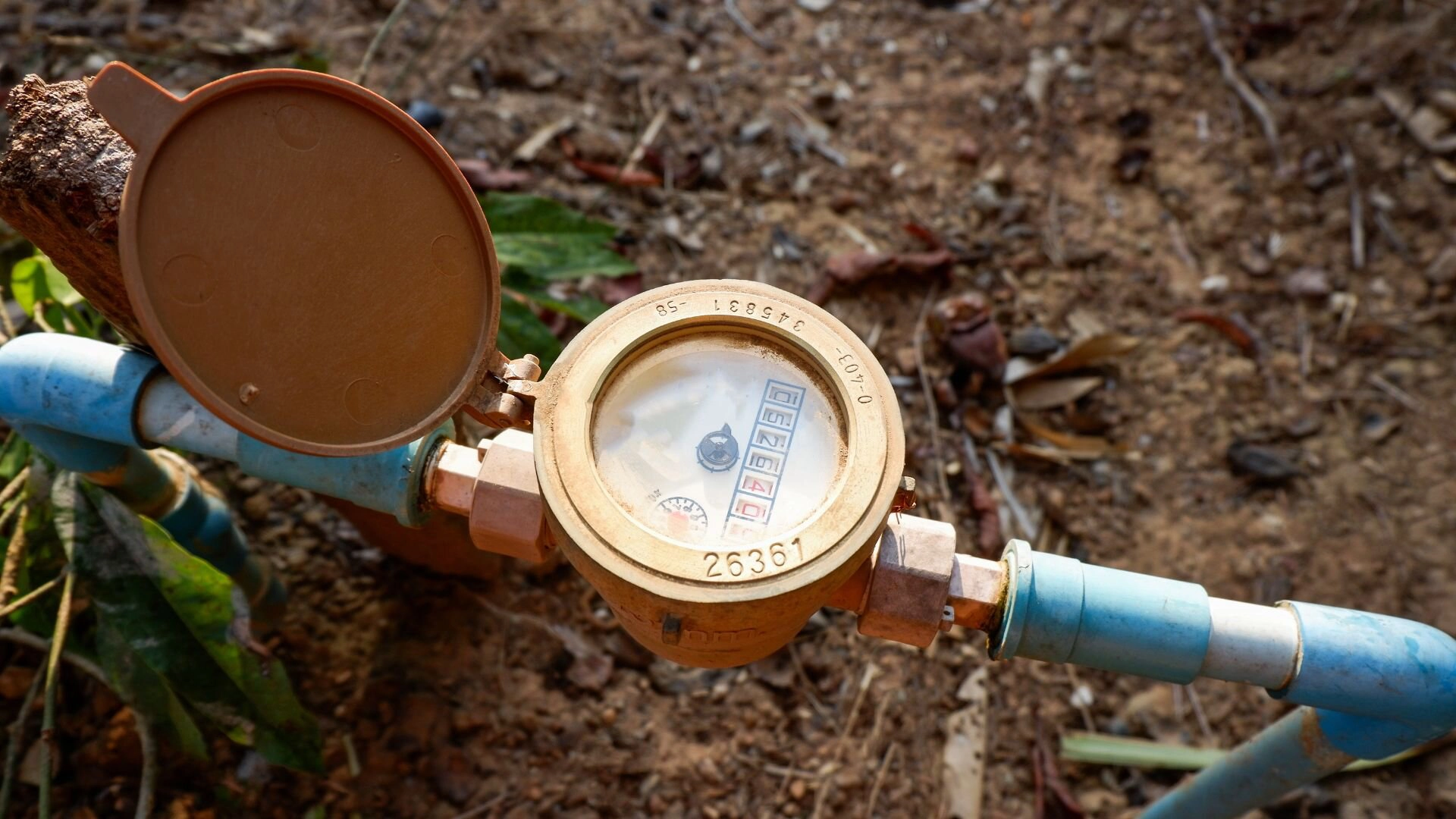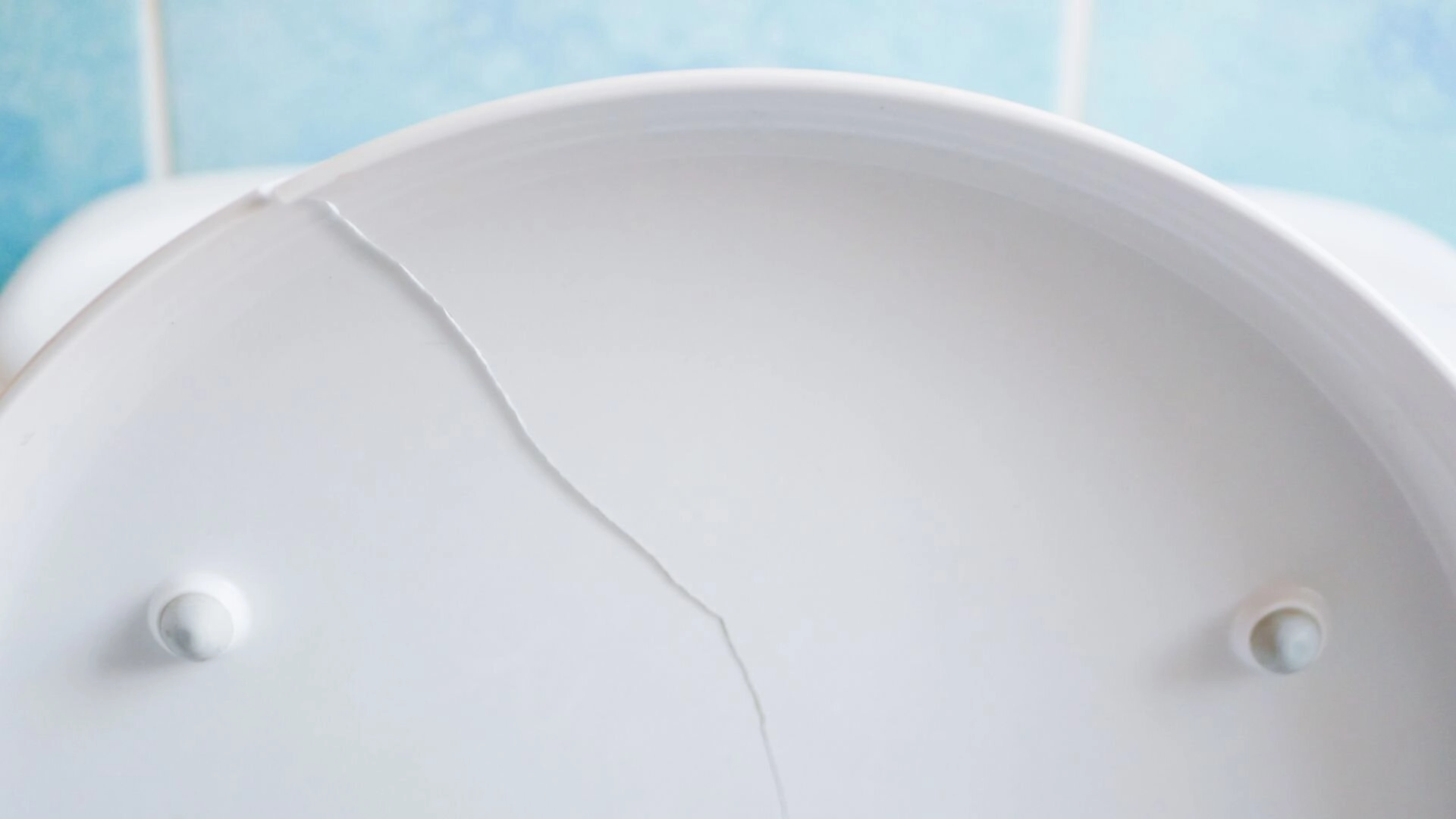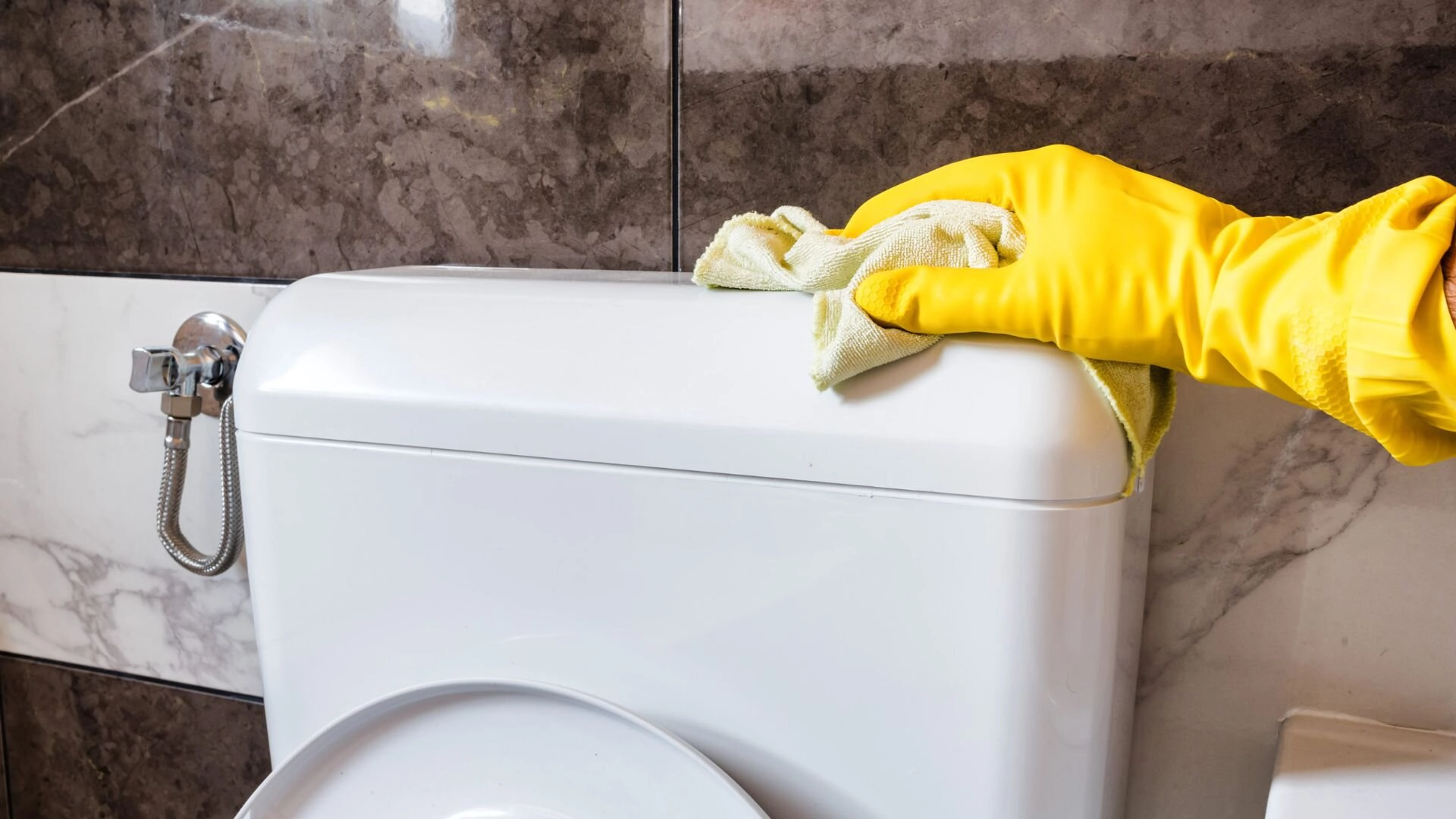Steps For DIY Toilet Leak Detection
Toilet leaks can waste water and lead to higher bills. Our expert guide provides easy-to-follow steps for detecting and fixing toilet leaks, helping you save resources and maintain a properly functioning bathroom.

Detecting and fixing toilet leaks is crucial to prevent water waste and damage. You can identify leaks in your toilet tank or bowl by following simple steps. This guide will walk you through the process of DIY toilet leak detection , helping you save water and maintain a properly functioning toilet.
Understanding the Common Causes of Toilet Leaks
Toilet leaks often originate from the toilet tank or bowl. A faulty flush valve or flapper can cause water to flow continuously into the bowl , and a damaged or worn-out tank-to-bowl gasket may allow water to seep out.
Cracks in the toilet tank or bowl can also lead to leaks. Lastly, loose or faulty water supply line connections might be the culprit behind a leaking toilet.
How to Identify a Toilet Leak
Visual Inspection
Check the toilet tank and bowl for signs of leaks, such as water pooling around the base or moisture on the tank.
Listen for Running Water
A leaking toilet often emits a hissing or running water sound. Listen for any unusual noises coming from the tank or bowl.
Food Colouring Test
Check the Water Meter
Turn off all water in your house and check the water meter. If it continues moving, there’s likely a leak from the toilet.

DIY Toilet Leak Detection and Repair Guide
Before tackling a toilet leak, assemble tools and materials like a wrench, sponge, and food colouring. Shut off the toilet’s water supply and flush to drain the tank.
Remove the tank lid carefully to inspect the overflow tube and pipe for signs your toilet is leaking. If the toilet bowl water changes colour after adding food colouring to the tank, this indicates a leak, often due to a faulty overflow tube or flushing mechanism.
Step-by-Step Guide to Detecting and Fixing Toilet Leaks
Detecting and repairing a leaking toilet is crucial to prevent water waste and damage to your home. Follow these simple steps to fix common issues:
1. Inspect the Flush Valve or Flapper
First, check the toilet tank’s flapper valve, which is a common culprit for leaks. Turn off the water supply valve and flush the toilet to empty the tank. If the flapper looks warped or damaged, replace it. A faulty flapper can allow water to seep into the toilet bowl, causing the water level in the tank to decrease and the float to rise, triggering excess water flow into the bowl.
2. Replace Tank-to-Bowl Gasket
A compromised tank-to-bowl gasket can cause leaks between the toilet tank and the bowl. After removing the tank lid, drain the water and unscrew the tank from the bowl. Replace the old gasket with a new one to ensure a watertight seal.
3. Identify Cracks in the Tank or Bowl
Examine the toilet tank and bowl for any cracks. Water on the floor or around the toilet could indicate a crack. If you find a crack, the toilet may need to be replaced, as sealants are typically a temporary fix.

4. Tighten Water Line Connections
Loose water line connections can also lead to a leaking toilet. Check the water supply line where it attaches to the toilet and tighten any loose connections. Be careful not to overtighten, as this could damage the fitting.
5. Food Colouring Test
Drop food colouring into the water tank to confirm if your toilet leaks from the tank to the bowl. Wait for about 30 minutes without flushing. If colour appears in the toilet bowl, there’s a leak. This simple test helps identify if water inside the tank is seeping through.
6. Check the Water Supply Line and Wax Ring
If the previous steps haven’t revealed the source of the leak, inspect the wax ring beneath the toilet and the water supply line. A failed wax ring can cause leaks at the base , and a faulty inlet valve or fill valve might leak water from the water tank.
By systematically checking each component—including the flapper, gasket, and valves—and replacing them as needed, you can often fix a leaking toilet without professional help. Remember, it’s best to consult a plumber if you’re uncertain or uncomfortable performing these repairs.
Testing Your Repairs
- Reopen the Water Supply : Turn the water supply valve back on to allow the tank to refill. Monitor the water level to ensure it stops at the correct height, indicating the float rises and seals off water intake properly.
- Flush the Toilet : Perform a toilet flushing test to check for immediate signs of toilet leaking. Watch for any water escaping from where it shouldn’t, like the base or the connection between the tank and bowl.
- Observe for Leaks : After the tank has refilled post-flush, look for any signs of water on the floor, around the toilet base, or between the toilet tank and bowl, which could signal a failed seal or leak.
- Food Colouring Test : As a final check, drop a few drops of food colouring into the water inside the tank. Wait for about 30 minutes without flushing the toilet. If the water in the toilet bowl remains clear, this indicates a successful fix. Any colour in the bowl suggests a lingering leak.

Preventive Maintenance Tips for Avoiding Future Toilet Leaks
Preventive maintenance is key to avoiding future toilet leaks. Start with regular inspections, looking for moisture or cracks and ensuring the overflow pipe isn’t allowing excess water to flow into the bowl . Be mindful of what you flush; only sewage and biodegradable items should be flushed to prevent clogs and the associated strain on your plumbing.
Keep an eye on the water level in your tank to prevent it from becoming too high, which could lead to overflow issues. The water stop is crucial in this regard, as it should prevent the tank from filling excessively and halt the water flow at the correct level.
Additionally, take a proactive approach in replacing worn-out parts such as flappers and valves , as these can deteriorate over time and are common culprits of leaks. Lastly, treat your toilet lid carefully, closing it gently to avoid damaging the tank or its internal components.
Toilet Leak Detection Made Easy
Early detection and repair of toilet leaks are paramount to avoiding water waste and potential damage to your home. Recognising the signs of toilet leaking, such as excess water flowing around the base or the sound of running water when the toilet is not in use , can save you from costly bills and repairs.
The first step in taking control of your plumbing’s health is simple: . Their expertise will guide you through the steps needed to diagnose and fix any issues, ensuring your toilets function efficiently and effectively. Don’t wait for small leaks to become big problems—take action today.